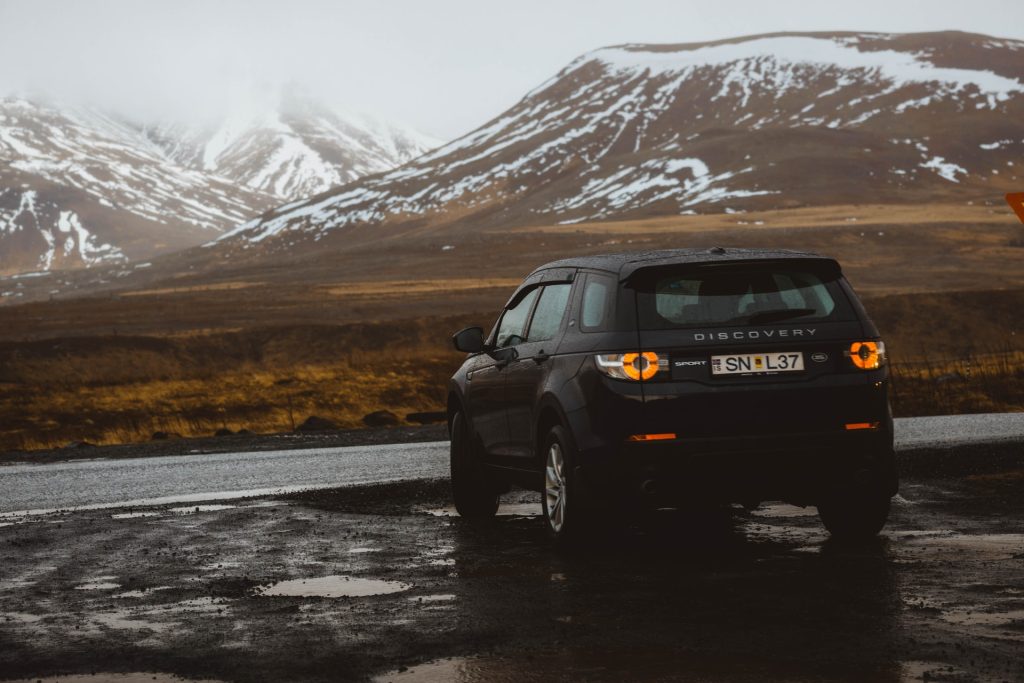Car Hire in Iceland: More Than Just a Convenience
Hiring a car abroad is usually a routine part of any holiday, with the only concern often being whether you’re driving on the right or left side of the road. However, driving in Iceland presents a unique set of challenges, no matter the season, with breathtaking landscapes acting as both a reward and a distraction.
Tourism in Iceland has surged by 34% year over year, bringing more visitors to its stunning, yet sometimes perilous, roads. Unfortunately, this increase in traffic has also led to a rise in accidents. Of the 1,324 people injured in traffic accidents in Iceland last year, 208 were foreign tourists, including several fatalities.
Recognizing these hazards, car hire companies and local authorities are making efforts to educate tourists about the specific driving conditions in Iceland, though more needs to be done. Before embarking on your road trip, make sure to do your research. It’s vital to familiarize yourself with road conditions, weather, and safety protocols. A little preparation could be the difference between an unforgettable trip and a dangerous situation.

Essential Driving Tips in Iceland
Speed Limits and Awareness
When driving in Iceland, it can be easy to lose track of your speed due to the wide-open landscapes and lack of visual cues such as trees or buildings. The maximum speed limit outside of urban areas is 90 km/h (55 mph), and speeding is strictly monitored by traffic cameras. However, driving too slowly can also pose a hazard, frustrating other drivers and leading to risky overtaking maneuvers.
Be mindful of the fact that distances between stops can be long, but the scenery is always captivating. If you spot a photo opportunity or an Instagram-worthy view, safely pull off the road, indicate your intentions, and stop in a designated area. This way, you can enjoy the scenery without endangering yourself or others.
Unexpected Obstructions and Wildlife Hazards
Always wear your seatbelt—it’s not just a legal requirement in Iceland, but also an essential safety measure. The road conditions here are likely very different from what you’re used to, with narrow gravel roads, single-lane bridges, and other tourists who may unpredictably stop for photos.
Additionally, Icelandic wildlife can be unpredictable, particularly sheep, which often graze near or on the roads, hidden from view by small rises or bushes. These animals may dart into the road without warning, so stay alert.
Navigating Long Summer Days
Iceland’s long summer days can deceive drivers into misjudging how much time they’ve spent behind the wheel. While the midnight sun allows for extended daylight hours, it’s important to schedule breaks and aim to end your day’s driving by late afternoon or early evening to avoid fatigue. Keep in mind that headlights are required to be on at all times, even in broad daylight, which enhances your visibility to other drivers.
GPS and Route Planning
Though GPS is useful, don’t rely on it blindly in Iceland. Some routes, especially in remote areas, may not be properly mapped, or the shortest route may lead you onto roads that are impassable in certain seasons. Spend time reviewing your route ahead of time and consider that some places share similar names, which can confuse navigation systems.
Road Conditions in Iceland: What You Need to Know
If you’re venturing into the Icelandic highlands, especially in summer, a 4×4 SUV is a must, particularly for crossing rivers or traveling on F-roads, which are rugged mountain tracks. Crossing rivers without assessing water depth or speed can be dangerous. When in doubt, always seek advice or opt for guided tours.
In winter, Iceland’s roads can be treacherous, with ice, snow, and sudden blizzards posing risks. Only about 5,000 km (3,100 miles) of Iceland’s 13,000 km of roads are maintained during winter, meaning many secondary roads are blocked. If you’re planning to drive outside Reykjavik, be prepared for reduced speeds due to icy conditions, and remember that daylight hours are short. Always check the weather forecast and road conditions before setting out.
Driving at Night: Northern Lights and Safety
Many travellers visit Iceland hoping to see the magical northern lights, but chasing them by car at night requires extra caution. Always use your headlights, indicate if you plan to stop, and move well off the road before pulling over. If you can’t find a safe place to stop, continue driving until you do. The darkness can be disorienting, and stopping in the wrong place could lead to accidents.
Winter Driving Precautions
Highland and mountain roads are only accessible during the summer and early autumn. Due to the raised embankments of many roads, roll-over accidents are common in winter when drivers lose control and slide off the road. Winter tires are essential, as are a scraper, windshield washer fluid, and an emergency kit that includes warm clothing, basic food supplies, a flashlight, and a snow shovel.
The low winter sun, especially when reflected on snow, can be blinding, so don’t forget your sunglasses. Even during shorter drives, keep your car stocked with emergency supplies in case of sudden snowstorms or road closures.
Golden Circle Tour Iceland: Self-Drive Tours
Research
Before you set off, do your research. There are several good resources for driving in Iceland, including road.is, safetravel.is and inspired.visiticeland.com/ academy. Don’t forget to follow the weather forecast on en.vedur.is/en.
Safe travels.


